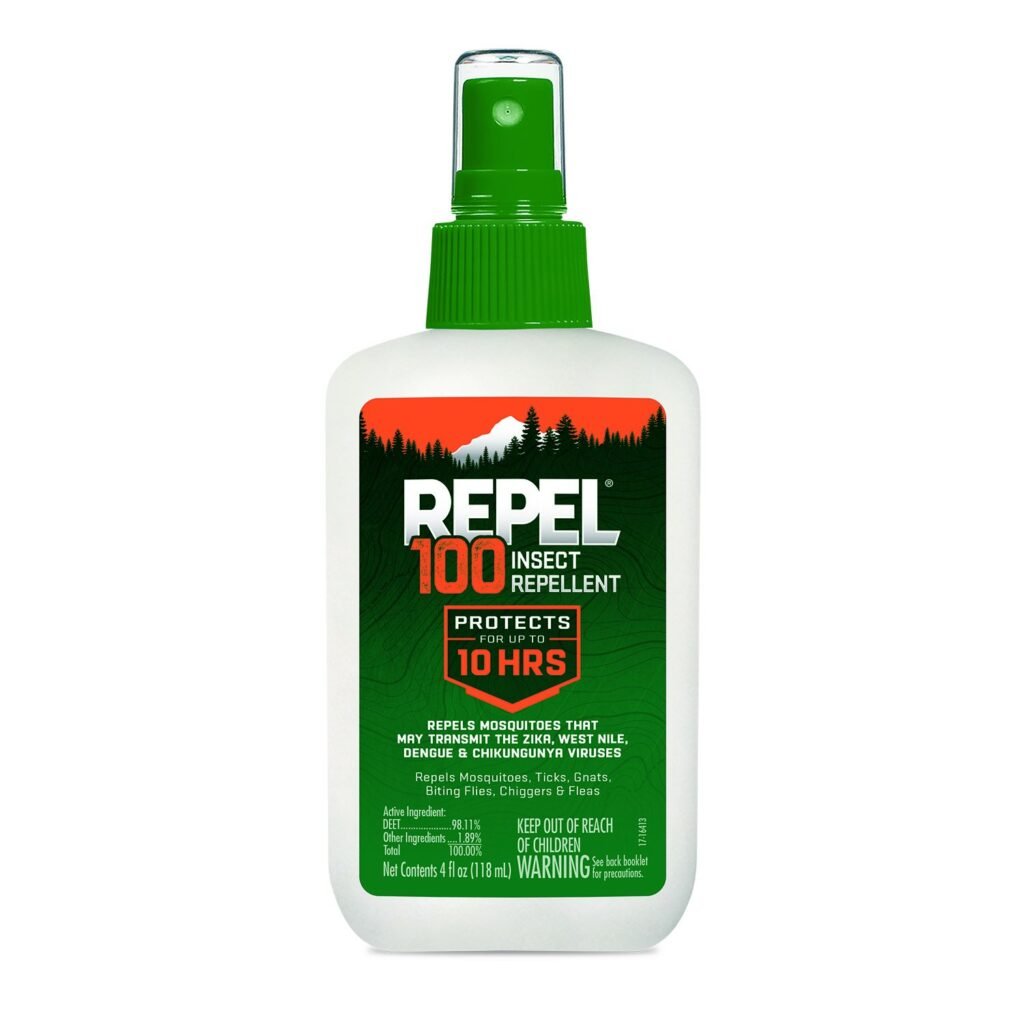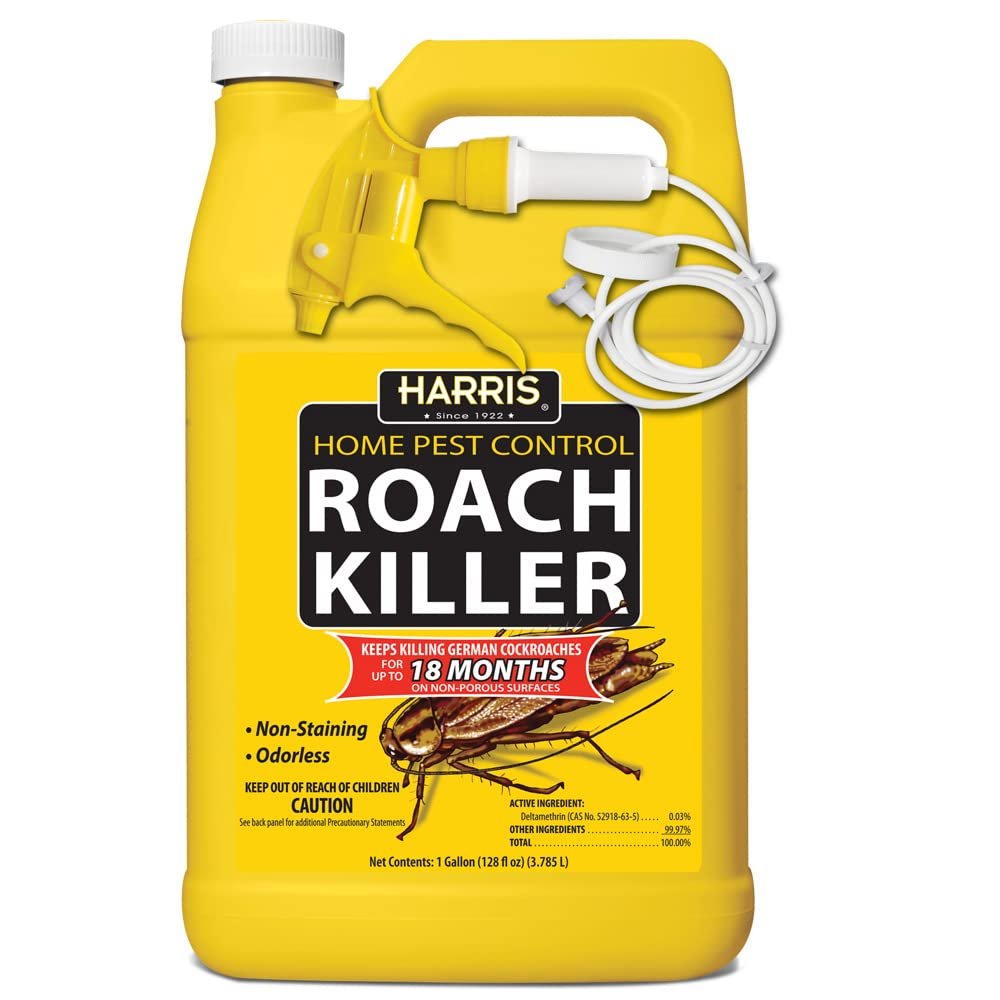Imagine waking up in the middle of the night to find a roach scurrying across the floor, leaving you feeling a mix of disgust and concern. You can’t help but wonder where these pests are coming from and if there’s a nest lurking somewhere in your home. But fear not, this article will shed light on the mysterious world of roach nesting habits and provide you with tips on how to locate and eliminate these unwanted visitors.


Identifying Signs of Roach Infestation
Visible Roaches
One of the most obvious signs of a roach infestation is actually seeing the roaches themselves. These pests are nocturnal and tend to hide during the day, so if you spot one scurrying across your floor or countertop, chances are there are more hiding nearby. Take note of the size and color of the roach, as different species have different characteristics.
Cockroach Droppings
Another telltale sign of a roach infestation is finding their droppings. Roach droppings resemble small black or brown specks and are often found in areas where roaches are active, such as behind appliances, in cabinets, or along baseboards. If you come across these droppings, it’s a clear indication that you have roaches in your home.
Egg Casings
Roaches reproduce rapidly, and one female can lay hundreds of eggs in her lifetime. These eggs are contained within casings called oothecae, which are dark brown and often have a ridged appearance. If you discover these casings in your home, it’s a strong sign that there is a roach nest nearby, as the female would have deposited them in a safe location.
Unpleasant Odor
Roaches emit a distinct, musty odor that becomes more noticeable as their numbers increase. If you detect a strong, foul smell in certain areas of your home, particularly in enclosed spaces or where roaches are commonly found, it may indicate a roach infestation. The odor is a result of the pheromones released by the roaches, signaling their presence and attracting other roaches to the area.
Common Hiding Spots for Roach Nests
Kitchen and Bathroom
The kitchen and bathroom are two of the most attractive environments for roaches due to the presence of food, water, and warmth. In the kitchen, pay close attention to areas around sinks, stoves, and refrigerators, as well as inside cabinets and pantries. In the bathroom, inspect behind toilet tanks, under sinks, and in dark corners or crevices.
Cracks and Crevices
Roaches are excellent at hiding in small, dark spaces, so be sure to check for nests in cracks and crevices throughout your home. Common areas for roach nests include gaps in walls, baseboards, and window frames. Ensure that any cracks or openings are sealed properly to prevent roaches from using them as entry points or nesting spots.
Appliances and Electronics
Roaches are attracted to warm spots, so appliances and electronics are prime locations for nests. Behind refrigerators, ovens, and microwaves, as well as inside electronic devices like computers and TVs, can all serve as cozy hiding spots for roaches. Regularly clean and inspect these areas to prevent infestations.
Furniture and Upholstery
Roaches can also seek refuge in furniture and upholstery, especially if it provides them with a dark and undisturbed environment. Check underneath and inside couches, chairs, and mattresses for signs of roach activity. Vacuuming and steam cleaning upholstery can help eliminate any unwanted guests.
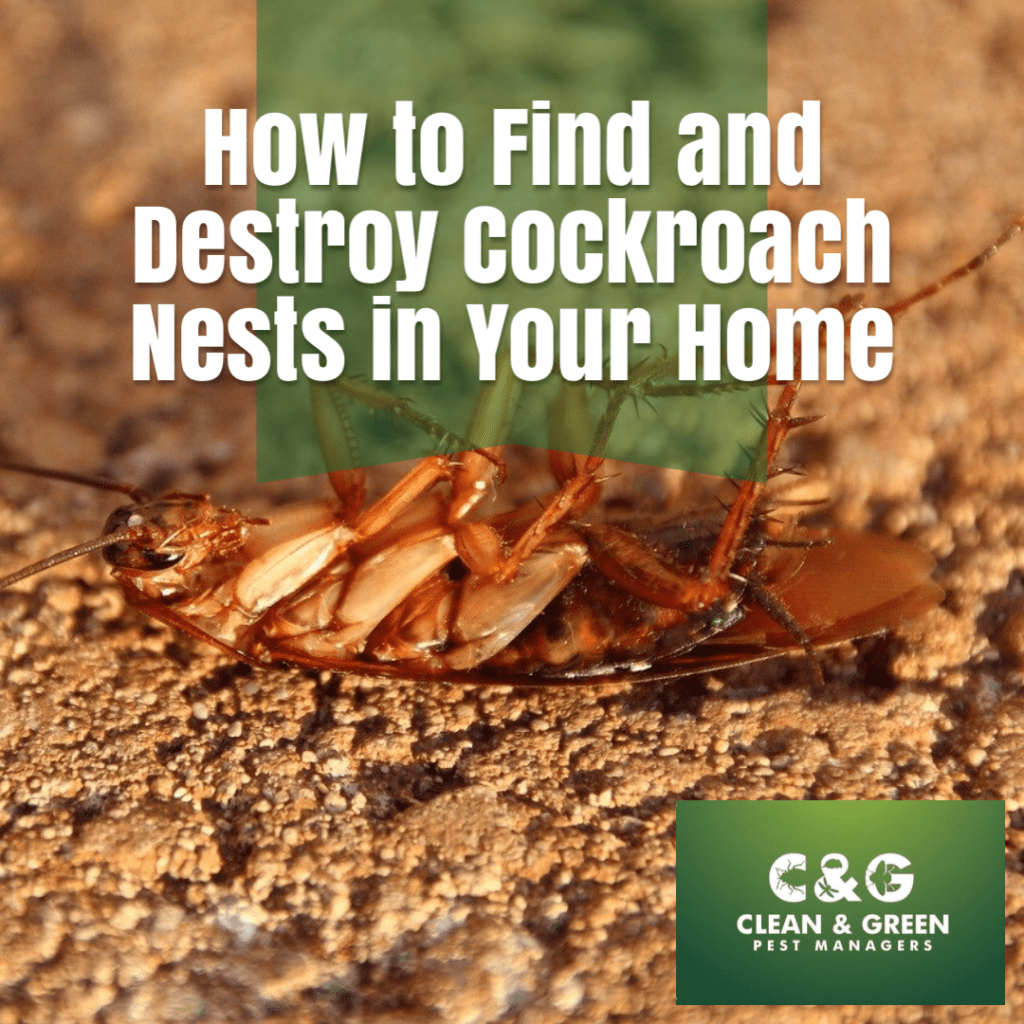

Using Roach Traps and Baits
Advantages of Traps and Baits
Using traps and baits is an effective method for controlling roach populations. Traps lure roaches in and capture them, while baits contain toxic substances that the roaches consume and then bring back to their nest, effectively eliminating the entire colony. Traps and baits are generally safe to use around humans and pets, making them a convenient option for homeowners.
Choosing the Right Trap or Bait
When selecting traps or baits, consider the size and species of the roaches infesting your home. Different traps and baits are designed to target specific roach species, so it’s important to choose the right one for maximum effectiveness. Additionally, opt for traps and baits that are easy to set up and dispose of.
Strategic Placement of Traps and Baits
To maximize your chances of catching or baiting roaches, strategically place traps and baits in areas where roaches are likely to be active. Position traps along baseboards, near entry points, and behind appliances, as these are common pathways for roaches. Bait placement should be in areas where roaches already frequent, such as near their food sources or nesting sites.
Calling in Pest Control Experts
When to Seek Professional Help
While DIY methods can be effective for small infestations, severe or persistent roach problems may require professional intervention. If your efforts to eliminate roaches have been unsuccessful or if you’re dealing with a large infestation, it’s best to call in pest control experts. They have the knowledge, experience, and specialized tools to handle roach infestations effectively.
Selecting a Reliable Exterminator
When choosing a pest control expert, look for licensed professionals who specialize in roach eradication. Ask for recommendations from friends or neighbors who have previously dealt with roach problems. Additionally, consider checking online reviews and ratings to ensure the exterminator is experienced, reputable, and provides quality service.
Methods Used by Professionals
Pest control experts employ various methods to eliminate roach infestations. These can include insecticide sprays, dusts, and baits that are specially formulated to target roaches. In addition to treating the visible infestation, professionals may also use preventive measures to ensure long-term roach control, such as sealing entry points and providing ongoing maintenance.


Preventing Roach Infestations
Maintain Cleanliness and Hygiene
Keeping your home clean and practicing good hygiene is crucial in preventing roach infestations. Regularly sweep, mop, and vacuum floors, especially in areas where food is prepared or consumed. Wipe down countertops, clean up spills promptly, and store food in airtight containers to deny roaches access to their primary food source.
Seal Entrances and Cracks
Roaches can enter your home through even the tiniest openings, so it’s essential to seal all possible entry points. Inspect and caulk gaps around windows, doors, and utility pipes. Install door sweeps and use weatherstripping to seal gaps under doors. Pay attention to the exterior of your home as well, ensuring that cracks in the foundation and walls are properly sealed.
Proper Food Storage
Roaches are attracted to food residue and crumbs left behind, so proper food storage is vital. Keep all food, including pet food, in sealed containers. Avoid leaving dirty dishes in the sink overnight, as this can provide a feeding ground for roaches. Regularly clean out trash cans and ensure they have tight-fitting lids.
Regular Inspections and Maintenance
Regular inspections of your home can help catch early signs of roach infestations before they become a major problem. Check for any signs of roaches, such as droppings or oothecae, and address any issues promptly. Maintain a clean and clutter-free environment, as roaches prefer dark and cluttered spaces where they can easily establish their nests.
Natural Remedies and Home Solutions
Diatomaceous Earth
Diatomaceous earth is a natural and non-toxic substance that can be used to combat roach infestations. It consists of the fossilized remains of diatoms, a type of aquatic algae, and has abrasive properties that pierce through the roaches’ exoskeleton, leading to dehydration and death. Sprinkle diatomaceous earth in areas where roaches are active, such as cracks and crevices.
Boric Acid
Boric acid, a commonly used ingredient in many commercially available insecticides, is effective in controlling roaches when used properly. It works by disrupting their digestive system and causing dehydration. Apply boric acid powder in areas frequented by roaches, but be cautious around pets and children, as it can be toxic if ingested.
Mint Leaves and Essential Oils
Roaches are repelled by the scent of mint leaves and certain essential oils, such as peppermint, eucalyptus, and lavender. Create a solution by steeping mint leaves or diluting essential oils in water, then spray it in areas where roaches are present. This natural repellent can help deter roaches from entering your home.
Cleaning with Vinegar
Vinegar is a versatile household cleaner that can also help deter roaches. Its strong odor repels roaches and disrupts their pheromone trails, making it harder for them to find their way around. Mix equal parts vinegar and water, then use it to clean surfaces, floors, and cabinets in areas prone to roach activity.
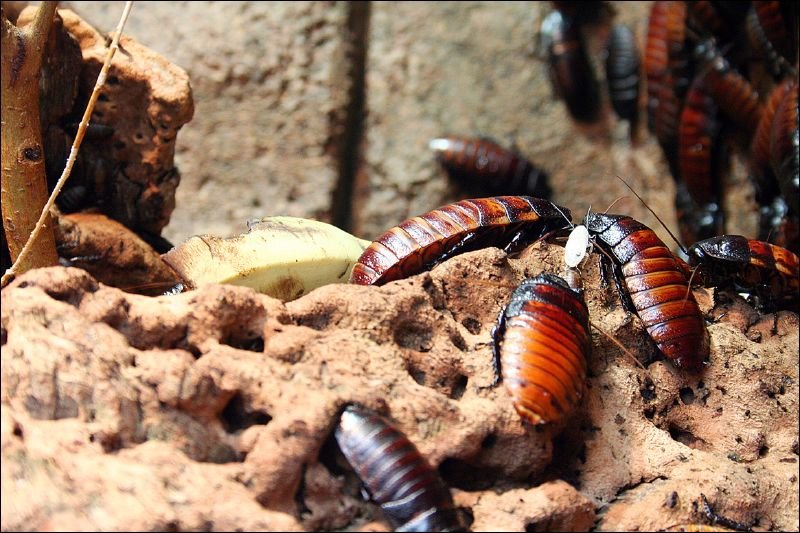

Using Insecticides and Chemical Sprays
Safety Precautions
When using insecticides and chemical sprays to control roaches, it’s important to prioritize safety. Follow the instructions provided by the manufacturer carefully, wearing protective clothing, gloves, and a mask if necessary. Ensure proper ventilation in the treated area and keep children and pets away until the area is deemed safe.
Choosing the Right Insecticide
There are various insecticides available on the market, each designed to target specific pests. When choosing an insecticide for roach control, look for products that are labeled specifically for roaches and approved for indoor use. Select the appropriate formulation, such as sprays, dusts, or baits, based on the severity of the infestation and your specific needs.
Application Methods
Different insecticides require different application methods. Sprays can be directly applied to areas where roaches are active, such as cracks and crevices or along baseboards. Dusts can be lightly sprinkled in hard-to-reach areas or applied using powder dusters. Baits should be strategically placed near roach nests or along their foraging paths to ensure maximum effectiveness.
Locating Outdoor Roach Nests
Attic and Crawl Spaces
Roaches can establish nests in dark and undisturbed areas outdoors, such as attics and crawl spaces. Look for any signs of roach activity, including droppings, casings, or an unpleasant odor. If you suspect roach nests in these areas, it’s best to seek professional help for safe removal and eradication.
Exterior Walls and Foundations
Roaches can also nest in cracks and gaps in exterior walls and foundations. Inspect the exterior of your home for any signs of roach infestation. Check for cracks, crevices, or gaps that may serve as potential entry points for roaches. Seal any openings and consider applying an insecticide barrier to prevent their entry.
Garden and Yard Areas
Roaches may take up residence in outdoor spaces, such as gardens or yards, if there are conducive conditions. Look for signs of roach activity near woodpiles, debris, or vegetation. Remove any potential hiding spots, keep the area clean, and consider using a roach insecticide in outdoor spaces to discourage roach populations from thriving.
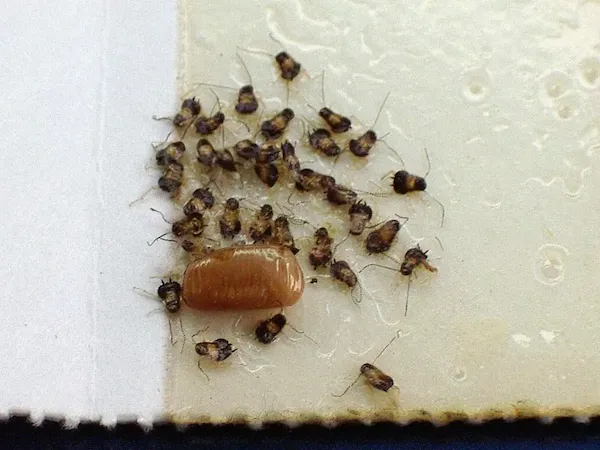

Identifying Different Roach Species
American Roaches
American roaches, also known as giant roaches or palmetto bugs, are one of the largest species of roaches. They are reddish-brown in color and have wings. American roaches prefer damp and moist environments and are commonly found in basements, sewers, and other dark and humid areas.
German Roaches
German roaches are smaller in size compared to American roaches and are light brown or tan in color. They have two distinct dark stripes running down their backs. German roaches are notorious for infesting homes and buildings, particularly in kitchens and bathrooms. They multiply quickly and can be challenging to eliminate without professional help.
Oriental Roaches
Oriental roaches, also known as black roaches, are shiny and dark brown to black in color. They prefer cool and damp environments and are often found in basements, crawl spaces, and drains. Oriental roaches are less common in homes compared to German or American roaches but can still pose a nuisance if an infestation occurs.
Brown-Banded Roaches
Brown-banded roaches are small, light brown to dark brown roaches with distinctive brown bands across their wings. They are often found in homes and can infest various areas, including bedrooms, living rooms, and electrical appliances. Brown-banded roaches prefer warm and dry environments and can be challenging to eradicate once established.
Dealing with Roach Nests in Different Environments
Homes and Apartments
Roach infestations in homes and apartments require a comprehensive approach to effectively eliminate the pests. Start by identifying the extent of the infestation and locating the roach nests. Apply appropriate treatment methods, such as using traps, baits, or insecticides, and implement preventive measures to seal entry points and maintain cleanliness.
Restaurants and Commercial Establishments
Roach infestations in restaurants and commercial establishments can be detrimental to business operations and reputation. It is essential to address the issue promptly by contacting pest control professionals who specialize in commercial pest management. Their expertise will ensure the complete eradication of roach nests and the implementation of preventive measures to prevent future infestations.
Schools and Public Buildings
Roach infestations in schools and public buildings can pose health risks and disrupt daily activities. It’s crucial to involve pest control experts who are experienced in treating large-scale infestations in public spaces. They will employ targeted approaches, such as insecticide fogging or baiting, to ensure the eradication of roaches and the safety of occupants.
In conclusion, identifying signs of a roach infestation and understanding their hiding spots is essential for effective control. Using traps, baits, or calling in professionals can significantly aid in eliminating roach nests. Additionally, taking preventive measures, exploring natural remedies, using insecticides cautiously, and locating outdoor nests are crucial steps in dealing with roach infestations in different environments. By understanding the different roach species and tailoring control methods accordingly, you can successfully combat and prevent these unwanted pests. Remember, early detection and prompt action are key to effectively managing and preventing roach infestations.
Your Expert in Animal Control and Extermination. Trust our experience for humane, effective pest management, protecting your property and ensuring peace of mind with Michael S.




